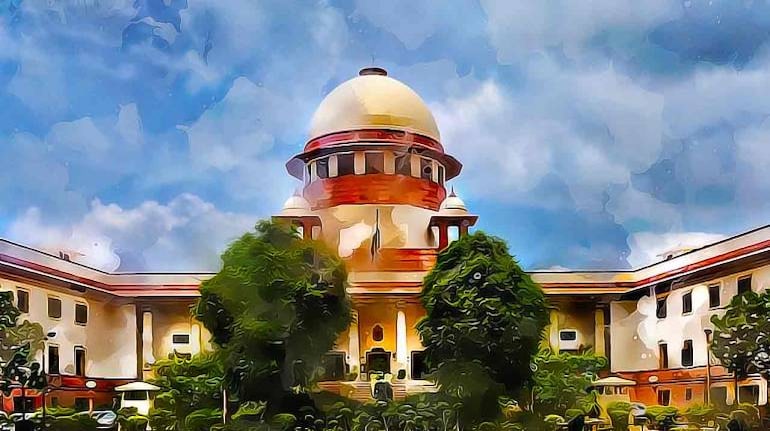January 03, 2024 / 16:14 IST
SC has further directed all the courts in the country to follow these SOPs in addition to formulating their own set of rules to regulate the appearance of government officials in court
The Supreme Court on January 3 laid down a set of Standard Operating Procedures (SOPs), which broadly covers when a government official can be summoned to court, what procedure is to be adopted for the same and how the court must behave towards them.
SC has further directed all the courts in the country to follow these SOPs in addition to formulating their own set of rules to regulate the appearance of government officials in court.
Story continues below Advertisement
The order was passed in a case where Allahabad High Court initiated contempt against the government for not notifying the rules pertaining to ‘Domestic Help to Former Chief Justices and Former Judges of the Allahabad High Court’. In August 2023, the Union government drew up its own SOP to provide for the appearance of government officials, in their official capacity, in court proceedings about the government.
Highlights from SC's SOP:
- Government officials can be summoned only for giving evidence, summary proceedings or non-adversarial proceedings where complex policy issues are involved. Else they could be asked to file an affidavit
- Personal presence of government officials can be directed only if the court thinks that specific information is not being provided or is intentionally withheld, or if the correct position is being suppressed or misrepresented.
- The court should not direct the presence of an official solely because the official's stance in the affidavit differs from the court's view.
- In exceptional cases where the personal appearance of a government official is called for by the court, the court should allow video conferencing as the first option.
- If government officials are summoned, the court should designate a specific time slot for the case where the personal presence of the government official is mandated.
- Government officials need not stand throughout the hearing. Standing should be required only when the official is responding to or making statements in court.
- During proceedings, courts must avoid oral remarks with the potential to humiliate the official.
- The court must refrain from making comments on the physical appearance, educational background, or social standing of the official appearing before it.
- Courts must cultivate an environment of respect and professionalism. Comments on the dress of the official appearing before the court should be avoided unless there is a violation of the specified dress code applicable to their office.
- The court should exercise caution and restraint when initiating contempt proceedings, ensuring a judicious and fair process.
Discover the latest Business News, Sensex, and Nifty updates. Obtain Personal Finance insights, tax queries, and expert opinions on Moneycontrol or download the Moneycontrol App to stay updated!



